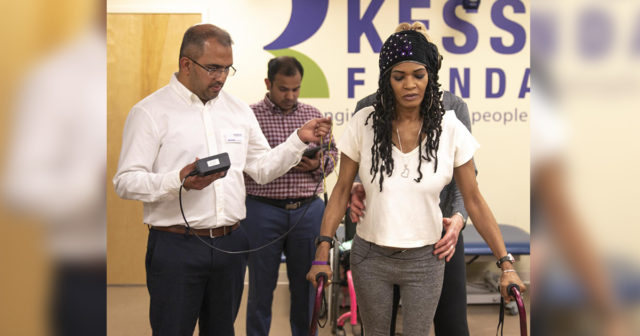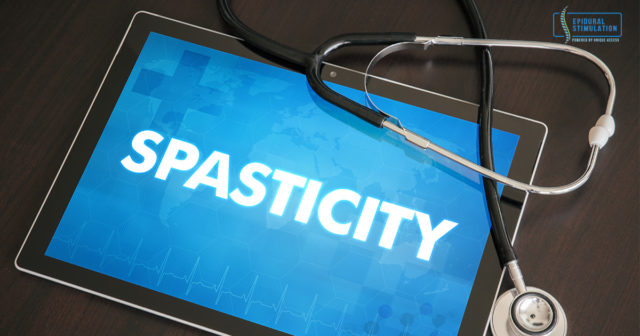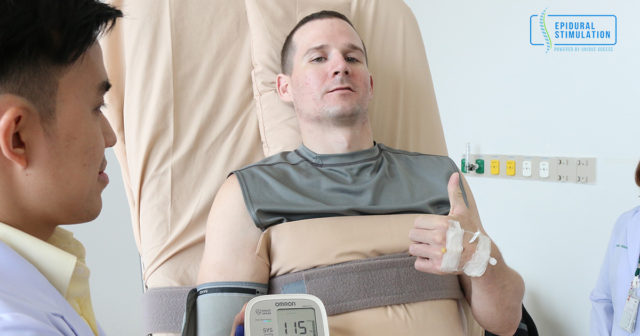
US Dept. of Defense launches exciting new SCI treatment program
The U.S. military’s most advanced research team is investing heavily in treatments that help people with spinal cord injuries (SCI) regain voluntary movement. SCIs are 10 times more common among

















